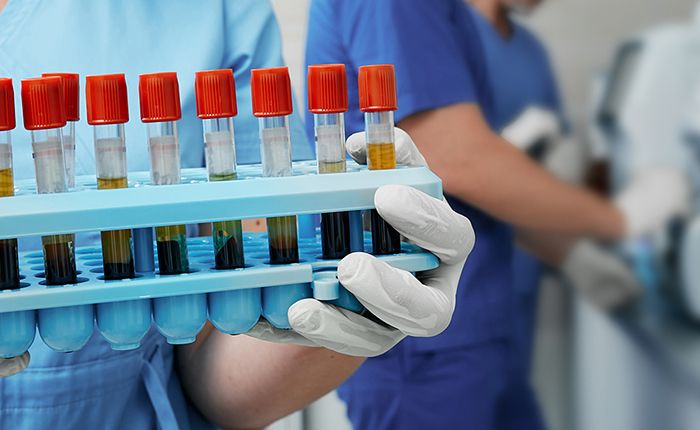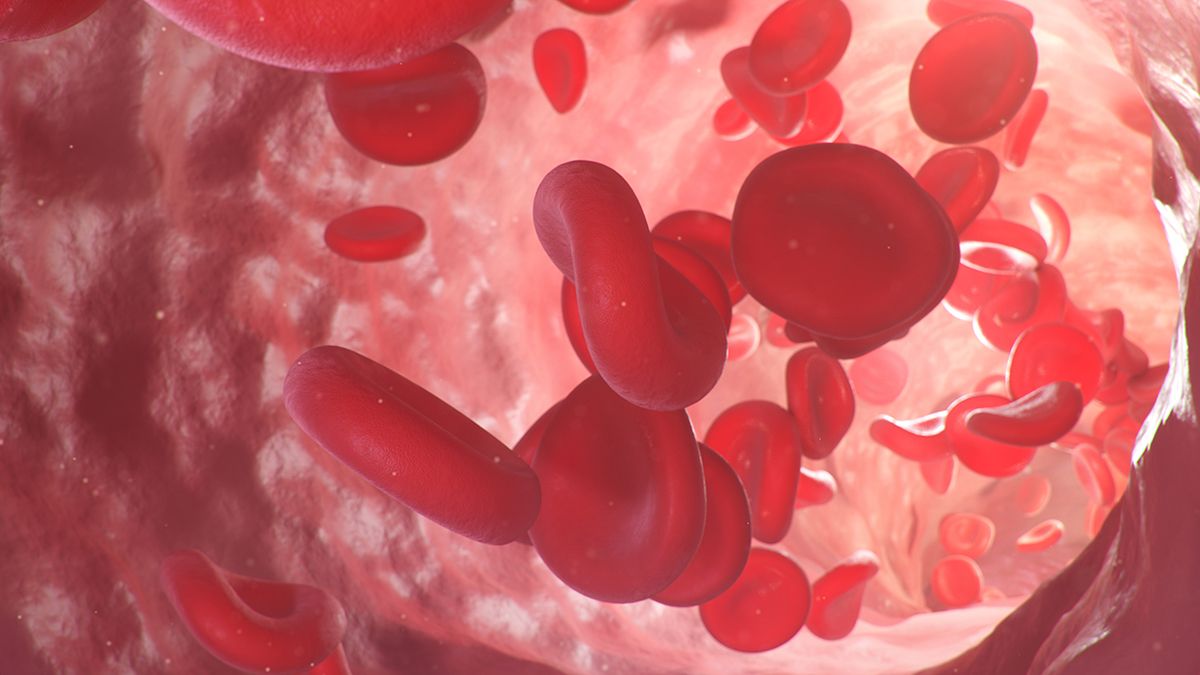January 10, 2024
Healthcare organizations – especially laboratories – continue to experience rising costs year over year. These costs are driven by various factors, primarily staffing shortages, supply chain issues, increasing test complexity and general market forces like inflation.
How can labs combat these rising costs and ensure their operations don’t fall behind? Below are three strategies that can set labs up for success in 2024.
Reduce labor costs by optimizing staffing levels
Labor accounts for nearly half of health systems’ budgets and, according to the American Hospital Association, has increased more than 20 percent since 2019. Clinical labor costs are projected to grow 6 to 10 percent in 2023-24, about three to seven percentage points above the prevailing rate of inflation.
Further exacerbating the problem is the growing shortage of laboratory personnel. This shortage is due to several factors, including high educational costs; lack of familiarity with laboratory medicine as a career option, declines in the number of training programs and students trained; and high workload, stress and burnout.
One innovative way to both reduce turnover due to burnout and reduce costs associated with understaffing is to ensure lab staff scheduling is as efficient as possible. This can be done by predicting likely specimen volume in each department and then adjusting staffing levels accordingly.
hc1 Workforce Optimization, our new cloud-based technology solution, uses artificial intelligence (AI) and machine learning (ML) trained on combined lab testing and HRIS data to recommend the most likely scheduling adjustments to create maximum efficiency. These actionable recommendations enable lab leaders to precisely schedule staff according to anticipated volume, reducing reliance on costly sendouts and travel techs.
Utilize excess analyzer capacity by bringing new testing in-house
Molecular and other advanced testing types firmly established a foothold in laboratories in response to the COVID-19 pandemic. Now that the value of PCR testing for infectious diseases has been widely recognized, laboratories are increasingly expected to expand the scope of their existing testing capabilities to include more analytes and observations.
A 2022 survey by Medical Laboratory Observer uncovered that 54 percent of lab professionals had excess capacity in analyzers originally purchased to handle COVID-19 testing. This number is expected to continue increasing as at-home COVID-19 testing becomes the norm.
In response, 46 percent of those with excess capacity said they planned to add new tests to in-house offerings from among those that are currently sent out to reference labs, compared to just 10 percent that said they would retire some analyzers. Utilizing this excess capacity is a great way to draw more value from these capital investments while lowering the lab’s cost per test for tests brought in-house.
But how do labs determine which tests to bring in-house and what the financial impact will be? hc1 Sendout Management is an analytics tool that consolidates reference lab data into a single dashboard to provide real-time insight into reference lab performance and cost. With this data in hand, labs can assess specific sendout tests and make informed decisions based on reference lab performance and cost.
Improve laboratory stewardship to reduce wasteful testing
Improving laboratory stewardship will be key for value-based health systems in 2024. Leveraging usage data and automated decision support is proving to be highly successful in reducing unnecessary test orders and costs. The savings that can be realized through implementing an effective utilization program can more than makeup for the expense of putting the appropriate resources and team in place to do so. Estimates project that healthcare systems could reduce costs up to $5 billion per year if they were just to eliminate redundant tests.
One large, midwestern health system utilized hc1 PrecisionDx Advisor to launch a test utilization program across 12 hospitals, driving measurable, positive change. With real-time visibility and a clear focus for initial improvement, this health system was able to quickly compare utilization trends by site location, physician and several other attributes to bring issues and opportunities to light. Substantial reductions in the utilization rates of individual analytes at the hospital level were achieved within 15 months.
Ultimately, the system-wide impact of these efforts was a 5.6% reduction in lab tests per patient per day, which amounted to 147,000 fewer unnecessary tests per year and a conservative cost savings of $383,000.
As laboratories look to address rising costs and other significant challenges facing the industry in 2024, hc1 is here to help. Our unique technology solutions help labs leverage their data to deliver superior outcomes. Request a demo today to discuss how we can work together to lower your lab’s costs and set your organization up for success this year.
_____________________________________________________________________________
Mackin Bannon is the product marketing manager for hc1. Mackin held various roles covering nearly every marketing area before settling on product marketing as a focus and joining hc1 in 2022. During the workday, he enjoys bringing stories to life in clear and creative ways. In his free time, he enjoys following his favorite sports teams, collecting vinyl records and exploring Indianapolis.




